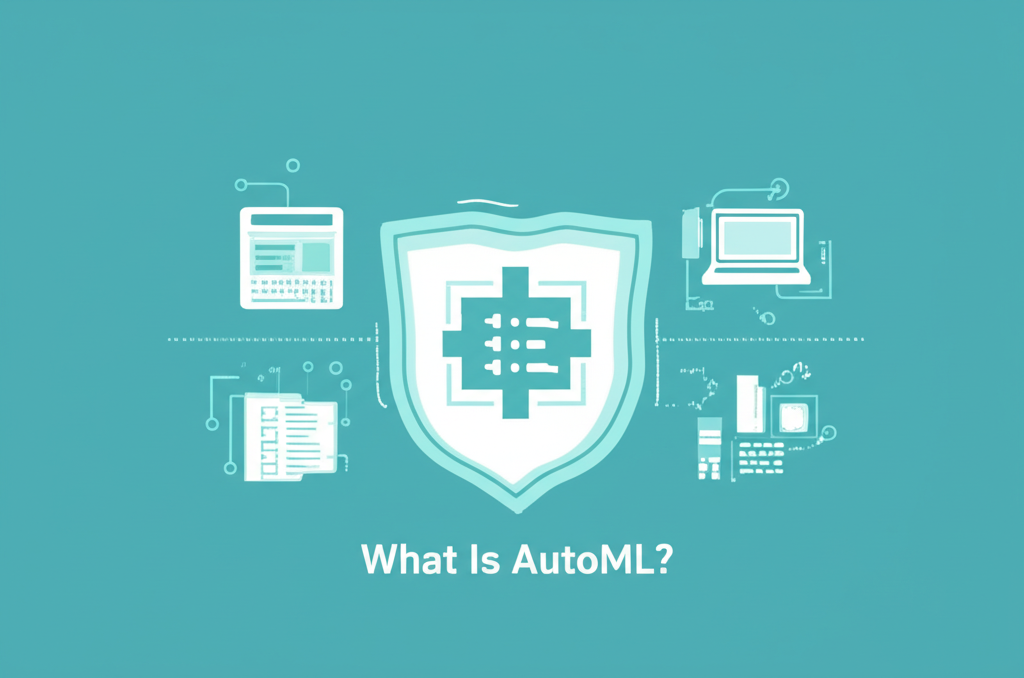I’ve lost count of how many half-baked app ideas I’ve scribbled on whiteboards over the years—automating client onboarding, writing proposals, you name it. But here’s the thing: I can’t code. So unless I could find (and afford) a developer, those ideas just stayed… ideas.
So when I finally got my hands on a no-code platform like MindStudio AI, it felt like cheating. Suddenly I wasn’t stuck behind a wall of code—I was dragging blocks, testing flows, and getting feedback in real time. Total game-changer. This isn’t hype—it’s a full-blown shift in who gets to build stuff.
Table of Contents
So, What Is MindStudio, Really?
Let’s just break it down. MindStudio is a playground for building AI apps without code. It’s kind of like those LEGO kits—you’re not thinking about how the pieces were made, you’re just clicking stuff together to build fast. MindStudio gives you the pieces (AI brains, data hooks, logic bits), and you arrange them to bring your idea to life.
The Core Idea: It hands you the keys—so instead of explaining your idea ten times, you just build it yourself and ship it.
The “No-Code” Magic: How It Works
How does a drag-and-drop tool create a smart AI? It’s all about what’s happening behind the curtain. MindStudio handles the seriously complex server and AI model stuff for you. Your job is just to define the “thinking process” of your app on a visual canvas. You’re focused on the logic and the user experience, not the nitty-gritty mechanics.
The Upside
- Speed: Go from a vague idea to a working prototype in a day. That’s huge for testing things without wasting time.
- Cost: You’re not paying a dev team thousands just to test if your idea even works. That’s a win.
- Clarity: You’ve got the idea? Cool. Now you’re the one building it. No more waiting on devs to ‘translate’ your vision into tickets.
- Agility: Need to change something? You can just go in and tweak it yourself in minutes.
The Downsides
- Performance Limits: You’re not going to build the next Uber on this. It’s not for massive-scale, high-speed operations.
- The “Walled Garden”: You’re building in their world. You don’t own the underlying code, which can be a deal-breaker for some big companies.
- Complexity Cap: It’s powerful, but there’s a ceiling. Super niche or weirdly complex AI logic might still need a developer.
Let’s Build an App: A Quick Walkthrough
Enough talk. Let me show you how I built a simple “Social Media Post Idea Generator” in about the time it takes to drink a coffee. I use this thing all the time to break through creative blocks.
Building the Post Generator:
Step 1: The Inputs (2 mins)
Started with a blank canvas. I knew I needed info from the user, so I dragged three “User Input” blocks on screen: “Topic,” “Target Audience,” and “Desired Tone” (like witty, formal, etc.).
Step 2: The “Brain” (5 mins)
This is the fun part. I added an “AI Model” block (you can pick from GPT-4, Claude, and others). I connected my three inputs to it and wrote a simple prompt: “You are a viral marketing expert. Based on the Topic, Audience, and Tone, generate 5 social media post ideas. Give each one a hook, body, and a call to action.”
Step 3: The Output (3 mins)
I wanted a clean result, so I added a “Display” block to show the 5 ideas in a neat list. I just hooked the AI’s output to this display block.
Step 4: Test & Deploy (5 mins)
I hit “Test” and fed it some inputs. At first, I connected the wrong block and got total nonsense—but I fixed it in 30 seconds. I tweaked the prompt once, and the results were surprisingly good. Then I hit “Publish,” and the app was live with its own URL, ready to go.
No back-end. No begging a developer to squeeze you in. Just done.
What Can You Realistically Build?
This is where it gets interesting. I’ve seen people build some seriously useful stuff:
- A Real Estate Assistant: An AI that takes a property address and spits out a full listing description and social media posts.
- A Contract Checker: A tool for paralegals to upload an NDA and have the AI flag non-standard clauses.
- A Personalized Fitness Bot: An AI that asks about your goals and equipment, then generates a custom weekly workout plan.
MindStudio Pricing: So What’s the Catch?
MindStudio has a few pricing tiers. The free plan is good enough to learn the platform and build a few simple things for yourself. It gives you a handful of “AI credits” to burn through each month.
Honestly, the paid plans are cheaper than hiring one halfway-decent freelancer for a week. They give you more credits, team features, and the ability to publish your apps for others to use. Just keep an eye on your usage—if your app gets popular, you’ll use more credits, and your bill will go up. It’s a standard pay-as-you-go model.
The Honest Limitations of No-Code AI
Look, I’m a huge fan, but let’s be realistic for a second. A no-code platform isn’t magic. You’re not going to build a system that needs to process millions of requests a second. You’re also limited to the AI models and integrations MindStudio offers. If you need some obscure algorithm or a connection to a legacy system that isn’t supported, that’s when you’ll need to call in some coding firepower.
Is MindStudio Right for You?
Here’s my take. If you’re a consultant, entrepreneur, or just someone in a company who knows a process inside-out but can’t code, MindStudio could be a total game-changer. It’s for people who want to build and test ideas fast, without asking for permission or a huge budget.
If you’re a senior developer, this probably isn’t your main tool, but you might even use it for quick prototyping. The point is, no-code doesn’t replace developers—it finally lets the rest of us stop pitching and start building.
Frequently Asked Questions
Do I need to be a “prompt engineer” to use this?
You don’t need prompt sorcery. Just tell the AI what you want like you’d explain it to a smart intern. The best way to learn is to pick a template and see how they wrote their prompts.
Can I make money with apps I build?
Yep! People are definitely doing this. You can publish your app and charge a subscription. It’s a solid way to build and sell “micro-SaaS” products to a niche audience.
How is this different from just using ChatGPT?
ChatGPT is just the AI brain. MindStudio is the whole factory. It lets you take that brain and build a structured app around it—with a proper user interface, data inputs, logic, and connections to other tools. It turns a cool chat experience into an actual business tool.
What if I outgrow my no-code app?
Outgrowing your app? That’s a good problem. It means people actually want what you built. Now you have a working prototype, a user base, and maybe even revenue to justify hiring developers to build a custom, scalable version. You’ve eliminated almost all of the initial risk.





Leave a Reply